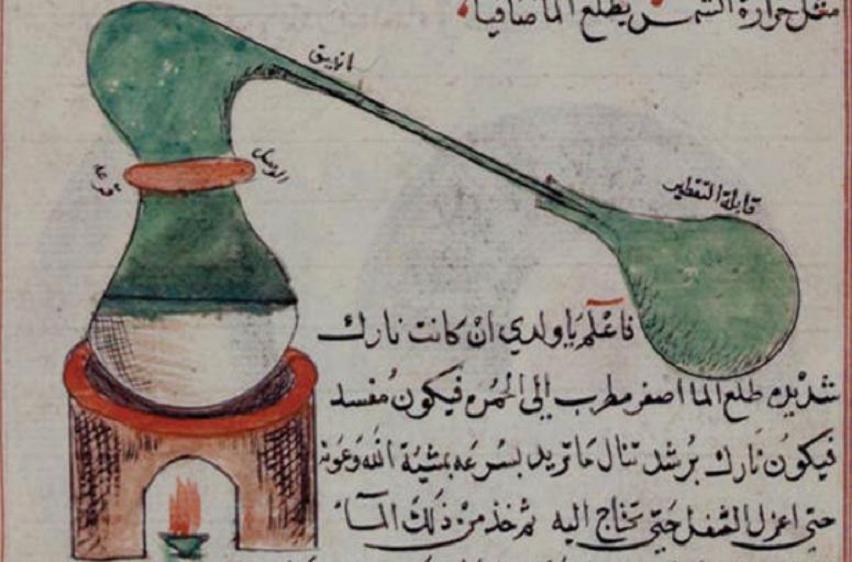Rasāyana and Rasaśāstra in the Persian Medical Culture of South Asia
DOI:
https://doi.org/10.18732/hssa.v7i0.40Keywords:
medicine, Persian, alchemy, rasayana, rasasastra, ayurveda, South Asia, translationAbstract
In this article, I suggest that looking at the entangled issues of the creation of a new field of knowledge and the interaction with Others’ learning allows for a more accurate understanding of how Persian medical studies have developed and adapted to different natural and cultural settings during late medieval and early modern periods. This article studies the translation and reception of materials drawn from alchemy (rasaśāstra) and rejuvenating therapy (rasāyana) in the Persianate medical culture of South Asia. Chapters dealing with processed mercury and metals become a standard subject of Persian medical works written by Muslim and Hindu physicians in South Asia. Many of these works are in fact composite writings which combine Ayurvedic and Greco-Arabic materials. However, rasāyana is a branch of knowledge for which there is not a precise equivalent domain in the target culture. How does translation deal and negotiate with this asymmetry? In this study, I assume that cross-cultural translation implies a cognitive shift in the way different groups of readers may understand and classify a certain form of knowledge. I look at the Persian translation of materials drawn from rasāyana chiefly from the reader perspective which focuses on the hermeneutical and accommodation process through which translated materials are integrated into the target culture.
Downloads

Downloads
Published
How to Cite
License
Copyright (c) 2019 Fabrizio Speziale

This work is licensed under a Creative Commons Attribution-ShareAlike 4.0 International License.
Authors who publish with this journal agree to the following terms:Authors retain copyright and grant the journal right of first publication with the work simultaneously licensed under a Creative Commons Attribution-ShareAlike license that allows others to share the work with an acknowledgement of the work's authorship and initial publication in this journal.
Authors are able to enter into separate, additional contractual arrangements for the non-exclusive distribution of the journal's published version of the work (e.g., post it to an institutional repository or publish it in a book), with an acknowledgement of its initial publication in this journal.
Authors are permitted and encouraged to post their work online (e.g., in institutional repositories or on their website) prior to and during the submission process, as it can lead to productive exchanges, as well as earlier and greater citation of published work (See The Effect of Open Access).



